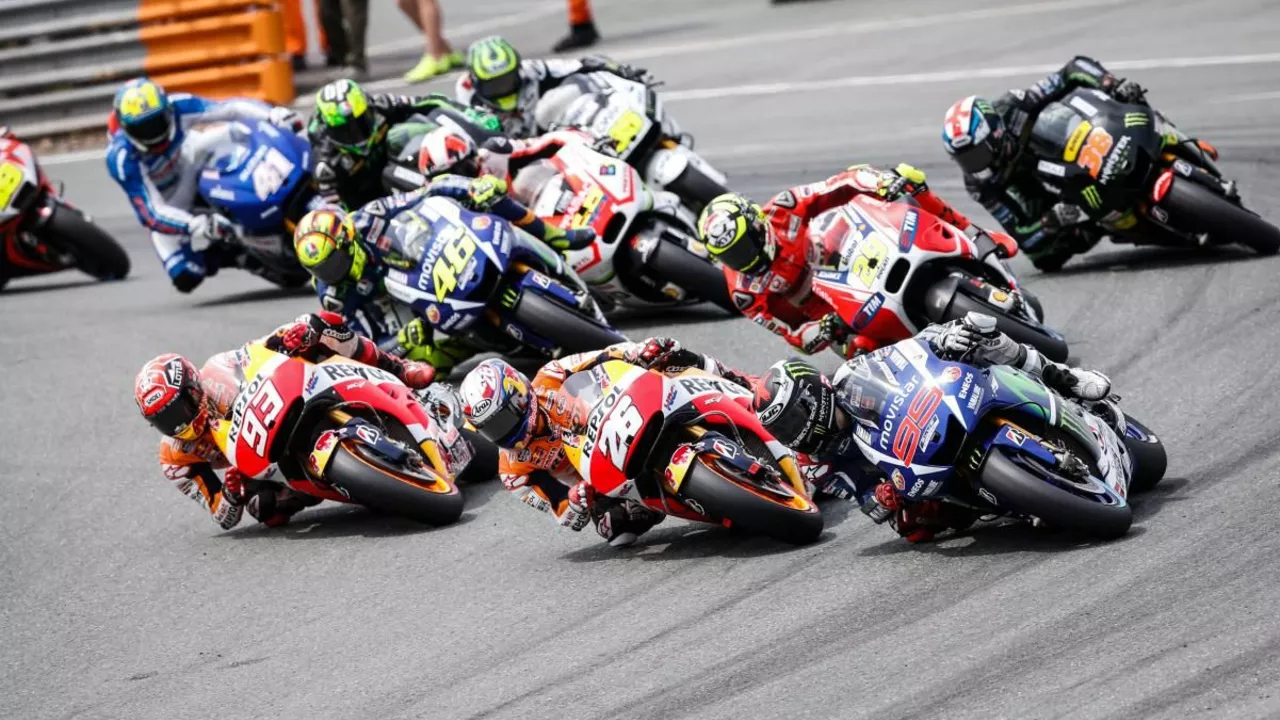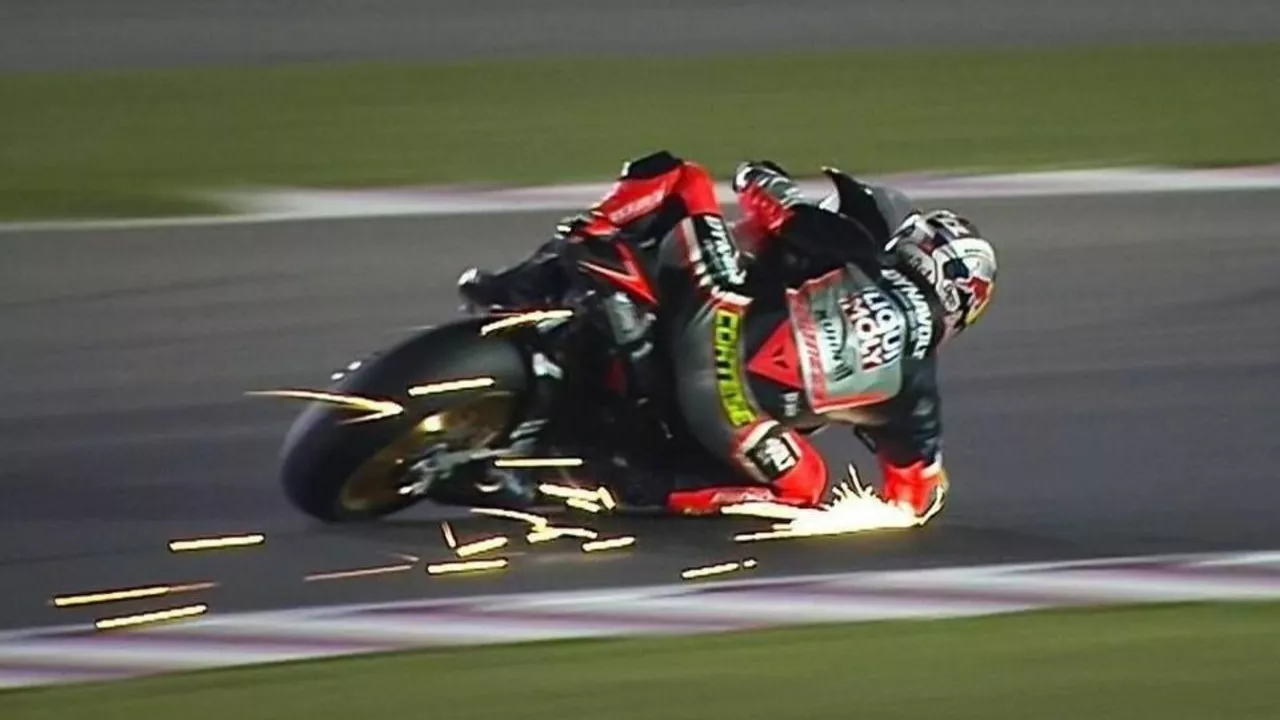MotoGP Guides and Tips – Sports & Recreation Hub
Whether you're dreaming of the podium or just love watching the bikes roar by, you've landed in the right spot. Here we break down the two hot topics that pop up all the time in the MotoGP world: how to become a MotoGP racer and the art of slipstreaming. Grab a coffee, and let's get into the nitty‑gritty.
How to Become a MotoGP Racer
First off, you need a real love for two‑wheel speed. That passion fuels the long hours of practice, the costly gear, and the inevitable setbacks. Start with a local riding school that teaches race techniques – you’ll learn cornering lines, braking points, and how to read a track. Most schools also help you get a racing licence, which is a must before you hit any official circuit.
Once you have a licence, jump into junior categories like the Moto3 or national championships. These series are where scouts look for raw talent. Treat each race like a job interview: be on time, stay focused, and constantly ask for feedback. The better you perform, the more likely you are to attract a team that can fund a move up the ladder.
Physical fitness can’t be ignored. MotoGP riders train like elite athletes – cardio, core strength, and flexibility all matter. A strong body lets you handle the bike's G‑forces without getting exhausted after a few laps.
Don’t forget the mental side. Racing is as much about strategy as speed. Visualize each track, study rival riders, and develop a calm mindset for high‑pressure moments. A good mental coach or a seasoned mentor can save you from costly mistakes.
Finally, stay adaptable. Technology evolves, teams change, and sponsorship deals come and go. Keep learning, stay humble, and be ready to seize any opportunity that gets you a step closer to the premier class.
Mastering Slipstreaming in MotoGP
Slipstreaming, also called drafting, is a simple idea with a big payoff. When you follow another rider closely, their bike cuts through the air, creating a low‑drag zone behind them. Stay in that zone, and you’ll feel a noticeable boost without pressing the throttle harder.
The trick is timing. Get too close, and you risk touching wheels – a nightmare at 200km/h. Too far, and the aerodynamic benefit fades. Most pros aim for a gap of about one bike length, adjusting as the corner approaches.
Use slipstreaming on long straights where the speed gain is worth the risk. As you near the braking zone, pull out of the draft, line up for the turn, and use the extra speed to carry more momentum through the corner. This move can be the difference between a clean pass and staying stuck behind a competitor.
Practice makes perfect. Try the technique in lower‑power classes first, where the stakes are lower. Notice how the bike feels when the wind pressure drops – that’s your cue that you’re inside the slipstream.
Also, watch other riders. See how champions like Marc Márquez or Fabio Quartararo position themselves on the straight. Replicating their line can teach you the sweet spot without the guesswork.
Remember, slipstreaming isn’t just about speed – it’s a tactical tool. Use it to force your opponent into a defensive line, then capitalize on their hesitation. In the end, mastering this simple aerodynamic trick adds a layer of strategy that separates the good from the great.
Now you’ve got a clear roadmap to chase a MotoGP seat and a solid grasp of slipstreaming. Keep training, stay curious, and you’ll be riding the top tier before you know it. Happy racing!

What is the process to become a MotoGP racer?
Aug, 1 2023

What is slipstreaming in MotoGP?
Jul, 19 2023